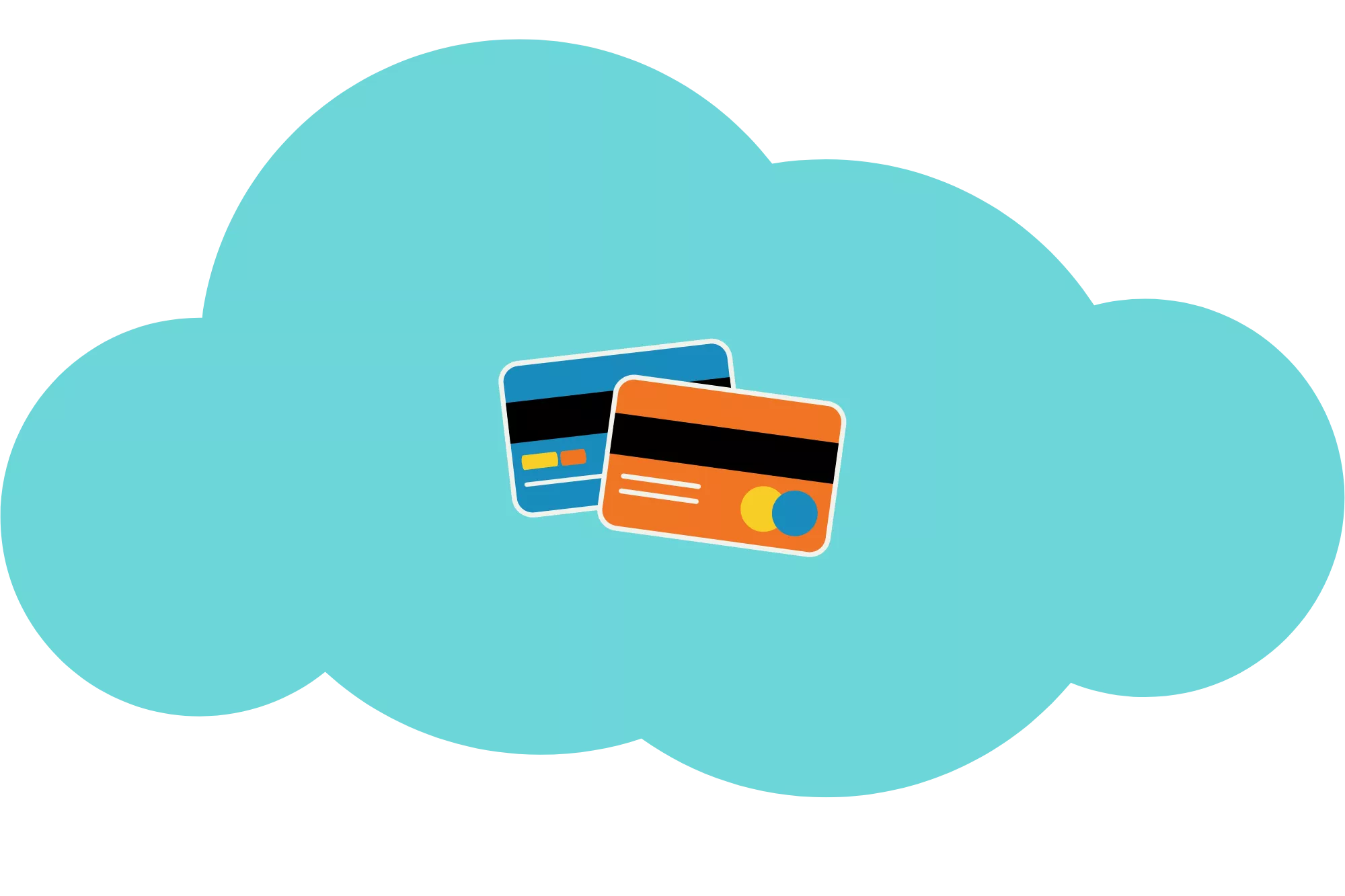As the widespread use of credit cards increases, so too does the occurrence of declined transactions, but smart routing aims to solve the latter by supporting the former. And with more than $624.86 billion worth of transactions generated by some of the largest card issuers in just the United States, in just 2022, it’s safe to say card payments aren’t going anywhere.[1]Globenewswire. “Payment Card Volume Topped $40 Trillion Worldwide in 2022“. Accessed July 7, 2023. However, if a communication error was to occur during the authentication process of any of those purchases, totaling trillions of dollars, it could lead to the rejection of a legitimate transaction. The rejection of fraudulent transactions is an absolutely necessary practice, lest businesses fall to ruin due to scammers. But declining legitimate payments can damage your bottom line.
If only there was a way to streamline the processing channel, thus reducing processing costs for merchants and payment errors resulting in inaccurate declines, right? Well, that’s the short of what smart routing is, keep reading for the long.
What Is Smart Routing and How Does It Work?

Smart payment routing is a processing feature that utilizes multiple payment channels to increase approval rates and decrease transaction costs. Instead of using a single payment provider to process a transaction, smart routing works with the payment gateway to select the most suitable choice based on predefined, customizable parameters.
For example, if a customer is paying for a transaction using an overseas credit card, the transaction can be sent to the payment service provider (PSP) or payment gateway with low international transaction fees, saving the merchant money.
There are a variety of factors that smart routing systems analyze before determining where to send a transaction. Let’s explore some below:
- Card issuer
- Currency
- Authentication process
- Metadata
- Geolocation
- Transaction total
Not only can smart routing be used across multiple gateway providers, but it can also be used within a single payment gateway for multiple merchant identification numbers (MIDs). Let’s say you wanted transactions from specific geolocations to automatically filter into different merchant accounts, you can route the transactions made in New York into MID #1 and the transactions made in Los Angeles into MID #2, all from the same payment gateway. Once you set up dynamic routing rules, smart routing does the rest of the work for you, automatically prioritizing payment factors that increase payment acceptance and decrease costs.

Smart Routing vs. Direct Routing
Direct routing uses the same payment provider for all transactions. In other words, when a merchant only uses one payment processor, this is called direct routing. While this process results in consistent processing fees and uniform payment reporting, it also means your business is subject to the performance and cost of a single processor. Processing outages, payment rejections, and other issues are more prominent with direct routing.
On the other hand, smart routing will search for the best payment provider for the given transaction. This type of routing increases the chances of a payment approval and reduces the costs associated with processing credit cards.
The Evolution of Smart Payment Routing
Before smart routing, merchants relied on direct routing. The former uses a single acquiring bank to process transactions. While this results in uniform payment fees and easy-to-understand reporting, it also leads to significant issues, including rejected payments and system outages. These outages were at the forefront of these issues. If an acquiring bank was experiencing technical difficulties, there was no backup option for accepting payments.
Over time, intelligent routing emerged. This new, versatile form of payment processing allows businesses to take advantage of various acquiring banks. While merchants still have access to instant payments, the routing system finds the most efficient and affordable payment route, and can seamlessly switch to an alternative processor — eliminating exposure to issues.
Intelligent Routing Benefits
- Improve Convenience for Customers: Customers visiting your site want a quick, painless payment process. By reducing the chances of unnecessary declined transactions, you improve convenience for shoppers and benefit from higher customer satisfaction.
- Avoid Missed Revenue: Upon rejection of a legitimate payment, a customer may abandon their online shopping cart. Considering more than 69% of carts are abandoned, protecting against this is important.[2]Drip. “15 Cart Abandonment Statistics You Must Know in 2023“. Accessed March 23, 2023.
- Lower Per-Transaction Fees: Intelligent routing selects the best payment option for each transaction, so per-transaction fees are often much lower than direct routing fees. This can lead to higher cash flow retention for your business.
- Geographic Optimization: As the cost of foreign transactions can be excessive depending on the payment provider, intelligent routing helps reduce international transaction fees for merchants by selecting the best provider for the job. Additionally, by ensuring that each transaction routes to the nearest service provider in proximity, it helps to decrease decline rates and increase conversion.
- Reduced Exposure to Outages: You can’t schedule a payment outage ahead of time. So, if you don’t have backup processing already in place, substantial sales can be lost. In fact, an Apple store suffering 12 hours of downtime in 2015 cost the company an estimated $25 million.[3]Atlassian. “Calculating the cost of downtime“. Accessed March 23, 2023. But because intelligent routing takes advantage of multiple providers, you won’t need to worry about a single outage affecting your processing capabilities.
- Improved Authorization Rates: Smart routing helps to lower authorization rates by sending transactions to the most relevant providers.
- Split and Distribute Payment Volume: Intelligent routing allows merchants to evenly distribute their sales volume across multiple processors, ensuring that they don’t exceed parameter limits.
Intelligent Routing Drawbacks
- Fees Vary: While intelligent routing often finds lower processing fees for transactions, fees vary depending on the acquirer or gateway used to process the transaction. This makes it challenging to predict processing costs.
- Reporting Varies: As different payment providers have unique reporting methods, your business may have to adapt to varying reporting timeframes. This can add an extra layer of complexity to your payment operations.
How to Route Payments Intelligently
In a world where customers expect payment convenience, aiming to reduce rejected transactions is a no-brainer. Intelligent routing uses a rules-based approach to locate the best possible payment channel for your transactions—increasing payment success and decreasing costs over time. Want access to a comprehensive suite of state-of-the-art payment gateway features? At PaymentCloud, intelligent routing is just the tip of what we can do for your credit card processing.







